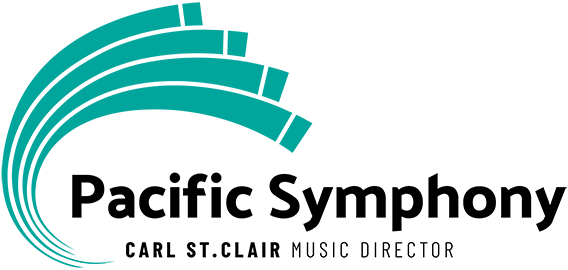Listen to this: ‘Bolero’
In our ongoing efforts aimed at improving the listening skills of people new to classical music, we come to instrumentation. It is helpful in learning to understand a particular piece to be able to identify, just with your ears, which instruments are playing when and what. Putting mental labels on sounds is an aid to our brains in sorting things out.
There are two melodies in Ravel’s “Bolero,” each played twice before alternating with the other. The piece is basically one long crescendo in C, and Ravel sets the melodies in a variety of solo instruments, and then groups of instruments.
For the sound file below (which features a performance of “Bolero” performed by the London Symphony Orchestra, conducted by Claudio Abbado), we have added the timings for the entrance of every appearance of the melodies, and the instrument(s) that Ravel has decided will play them. (Later in the piece, when Ravel has large groups of instruments play the melodies, it is difficult to aurally distinguish every single instrument, but you can hear changes in the overall tone color.)
- 13”: Flute
- 59”: Clarinet
- 1’46”: Bassoon
- 2’32”: E-flat clarinet
- 3’19”: Oboe d’amour
- 4’05”: Trumpet with mute, flute
- 4’50”: Tenor saxophone
- 5’36”: Sorpanino saxophone, then at 6’07” soprano saxophone
- 6’21”: Piccolos, French horn, celesta
- 7’06”: Oboe, oboe d’amour, cor anglais, clarinets
- 7’50”: Trombone
- 8’37”: Piccolo, flutes, oboes, cor anglaise, clarinets, tenor saxophone
- 9’22”: Piccolo, flutes, oboes, clarinets, first violins
- 10’07”: Piccolo, flutes, oboes, cor anglaise, clarinets, tenor saxophone, first and second violins
- 10’53”: Piccolo, flutes, oboes, cor anglaise, trumpets, first and second violins
- 11’38”: Piccolo, flutes, oboes, cor anglaise, clarinets, sopranino saxophone, trombone, violins, violas, cellos (last four bars tenor saxophone and bass clarinet).
- 12’22”: Piccolo, flutes, sopranino saxophone, tenor saxophone, piccolo trumpet, trumpets, violins
- 13’07”: Piccolo, flutes, sopranino saxophone, tenor saxophone, piccolo trumpet, trumpets, trombone, violins.
- At 13’46” the only chord change in “Bolero” is heard, a blazing E major. At 14’06” we return to C major for the raucous denouement.



Not only does the composer add instruments to those playing the melody, but also to those playing the triplet figure, heard at the beginning in the snare drum only, the accompaniment and the low notes. So the texture grows in these additional ways. Example: beginning-plucked strings gently play the accompaniment figure including low notes, and by the end many instruments play this accompaniment figure and low notes are played also by kettledrums. It’s like an explosion of sound in ultra slow motion.
I could listen to this all day